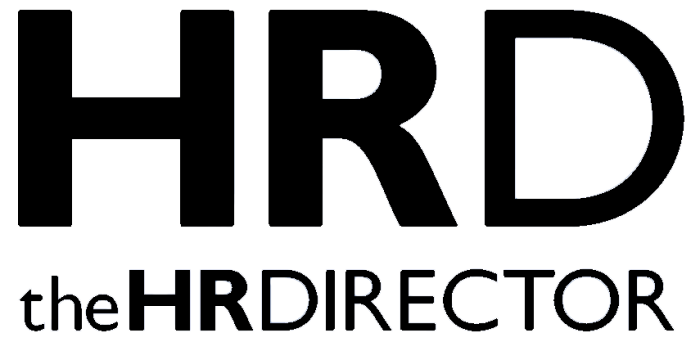People have come to expect customization. Even when we order our daily coffee, the choices went from cream and sugar to whether we want oat milk, cold foam, an extra espresso shot, added flavored syrup or a whole host of other options.
Employee benefits are no different. What are the chances that a Gen Z employee has the same benefits needs as a Baby Boomer? Employees today have increasingly diverse lifestyles, financial situations, and personal priorities. A traditional, one-size-fits-all benefits package is less relevant than ever in the workforce. Findings from a recent global survey of 1,000 HR professionals by Insurope highlight the need for change— 62% stated that their greatest desire for employee benefits programs is greater flexibility and customization.
Organizations not already doing so are rethinking their approach. They are looking for benefits partners that can help, and embracing flexible, personalized benefits to remain competitive in attracting and retaining top talent.
A Shift to Personalization in Employee Benefits
For years, companies have focused on standard benefits like health insurance, retirement plans, and paid time off. While these remain foundational, employees expect benefits tailored to their unique circumstances. Whether it is a new parent seeking extended parental leave, a remote worker prioritizing mental health resources, or a Gen Z employee looking for student loan assistance, being flexible is important to taking care of your employees.
Being a multinational company adds a layer of complexity to this issue. Depending on the country an employee resides in, their needs could be vastly different—even if they are at the same company.
That is why so many companies are sifting through their benefits and seeking out benefits providers that offer more flexible options. Sure, it can be overwhelming to transform a benefits program, but the challenge is worth solving.
Companies that successfully implement customizable benefits platforms allow employees to select rewards that align with their needs. This could include wellness programs and stipends, flexible PTO, childcare support, elder care support, pet care, legal assistance, or commuting incentives. The swing from traditional structures to adaptable solutions helps employers respond to the increased sentiment that employees thrive when they feel truly supported by their benefits.
Technology and AI Are Enabling Smarter Benefits Choices
The advent of benefits platforms that are driven by AI is also making a significant impact. By leveraging AI and data analytics, companies can help employees make informed decisions about their benefits, ensuring they maximize their wellbeing and financial security. These tools personalize recommendations based on individual circumstances, helping employees to get the personalization that crave.
A Competitive Advantage for Global Employers
Many multinational companies are adapting their benefits strategies to accommodate this shift. The benefit? Employers who provide greater autonomy in benefits selection not only boost employee satisfaction, but they also have the potential to increase retention and productivity.
For multinational organizations, the challenge lies in balancing global consistency with local customization. The best solutions offer core benefits across markets while allowing for regional adaptations to meet diverse workforce needs. This balance ensures equity while giving employees the autonomy they crave.
Moreover, flexible benefits programs contribute to a stronger employer brand—helping organizations stand out in an increasingly competitive global talent market. Employees are more likely to stay with companies that empower them with choices that fit their unique lifestyles.
Going Forward
The message from HR professionals worldwide is clear: flexibility and customization in employee benefits are no longer optional—they are essential. As the workforce continues to evolve, employers are reconsidering how they offer benefits and working to align them with employee expectations. As they begin to transform toward more flexible benefits and personalization driven by AI, companies are positioning their workforce for the future, which can lead to stronger employee engagement.
The future of employee benefits is here, and it’s flexible. Are you ready?









